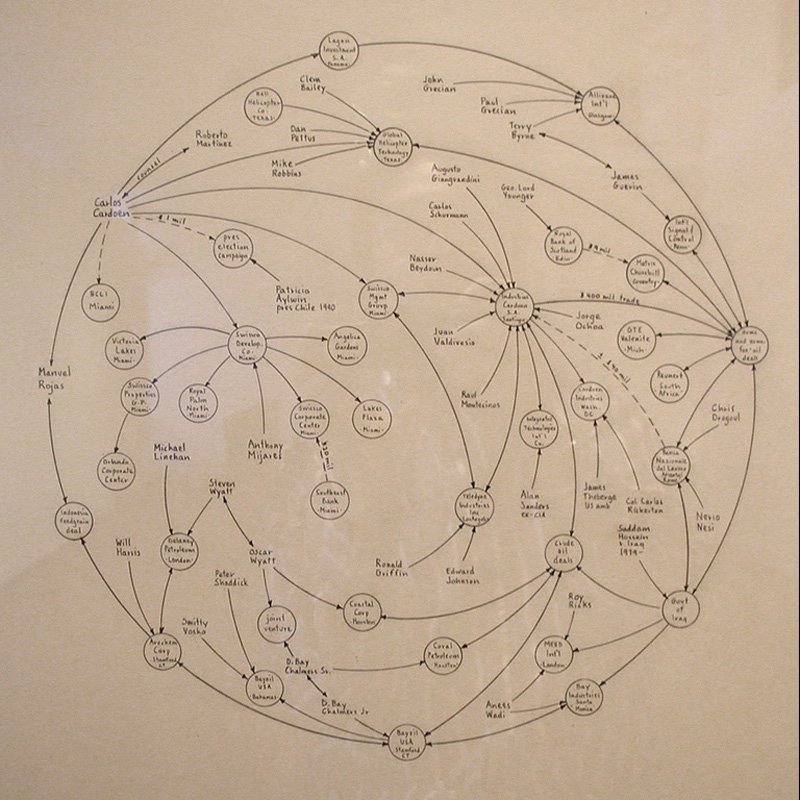DECADES OF PROMISE
Graphic essay chronicling novel architectural imagery and the associative shift from anxious and speculative toward urgent and uncertain. Spring 2022.
Gate for a Maritime City, Massimo Scolari, 1980
Appearing in the 1980 edition of the Venice Biennale, Scolari’s Gate for a Maritime City is an oil painting response to Charles Jenck’s ‘La Strada Novissima’, translated to “the very new road”. Scolari depicts almost obsessive-like details– drawing out and illustrating the surfaces. The ripple of the water, the edges of the mountains, all of Earth’s elements are shown in kinetic chaos, in opposition to the smooth calmness of the manmade structures. Such importance on the surface questions the viewer’s relative position and movement inside the scene. Drawn in the one point perspective, Scolari ambiguously stalls the image, indeterminately moving toward the gate or away. Again, temporally reflecting on the status and shift of architectural understanding and projection. The gate itself, built of uniformly massive bricks, is an imposing and expressive form. It appears unclear if the gate services any life, or is rather a still monument in the service of itself. In the distance stands a lone building, gable roofed and all. Scolari is symbolic framing the past, suggesting our modern monomania with the past inside this bay of architectural history and knowledge.
Tokyo City X, Andrea Branzi, 1990
Commissioned by Japanese automaker Mitsubishi, Tokyo City X is a theoretical project for a city on the Tokyo Bay. Branzi’s proposal is an “anti-compositive and anti-typological” project. The interior of the city is entirely enclosed creating a massive container for metropolitan urbanity. Attention and importance on the interior left the exterior a resultant of urbanism. Sited on the water, the project image abstracts the project and landscape. The only differentiating clues is the opposition of the still architecture– harsh with shadows and softened with an opaque container– contrasted with the ripple of the water and the gradient of the sky. This apparent separation of architecture and land is unified in this ambient glow of a Tokyo sunset. In drawing this way, the image could be mistaken for an abstracted lakeside mountain in a foggy haze- a future architecture returned to or resembling earth
Narrative Structures, Mark Lombardi, 2000
Represented as a sphere, a global like entanglement of names and associations. Mark Lombardi draws speculative connections between industry, individual and state and market. His dreamcatchers of contemporary economic and political fusion depict a world that is in constant interconnective communication and tension. This is a future that is entangled. Important to Lombardi’s work is the notion of speculation where the narratives generated are position people diagrammatically next to each other in order to project a potential action. The diagram contains only proper nouns, and arrows, always pointing the finger to another name or corporation. This ia future that is globally intertwined with not center, rather, like a sphere, round and with no edge or starting point.
Construction Rubble of Sucession’s Main Hall, Lara Almárcegui, 2010
Lara Almarcegui doubles the architecture in her reconstruction of the Secession Gallery’s main hall. In view are 7 delicately formed mounds of material rubble. Almarcegui artfully spaces the material in separated, barely touching piles of the build gallery’s construction material, presented here in its granular state. In doing this, the architecture is doubled, re-presented to the viewer in a future or former state. This is the future duplicated, suspending and holding time in the present while simultaneously acknowledging another form of its own self. In its duplication, the copy’s make up is altered and cannot be the same. The copy is slightly off and cannot recreate the original again. This is a future of limited resources, recycling itself in a duplicity of futures. Always losing something slightly as each double is made, this future reproduces itself at the expense of its own matter.
Gigafactory 5, Tesla, 2020
This is the future as a factory. Completely contained and interior, for the production and research of consumer goods. Advertised as an electric car company, Tesla is in fact an energy company, a far greater and more powerful resource. Meaning, the factory-ization of energy, the reproducible, assembly line production of consumption, is manifested into the acquisition and stockpiling of resources to be sold out at will. This is a future of control over matter, and control over resources. In this image the architecture’s shear mass verges on the edge of otherness. Long, horizontal and low, the factory is a monolith in the landscape, a completely foregin object placed in the middle of nowhere left to dominate not only its immediate surroundings, but to slowly permeate our neighborhood streets. In the foreground the building remains under construction, while at the opposite end fo the campus, the building is finished and occupied. Cars in the parking lot are simply dots of color against the blank white canvas of the factory.




